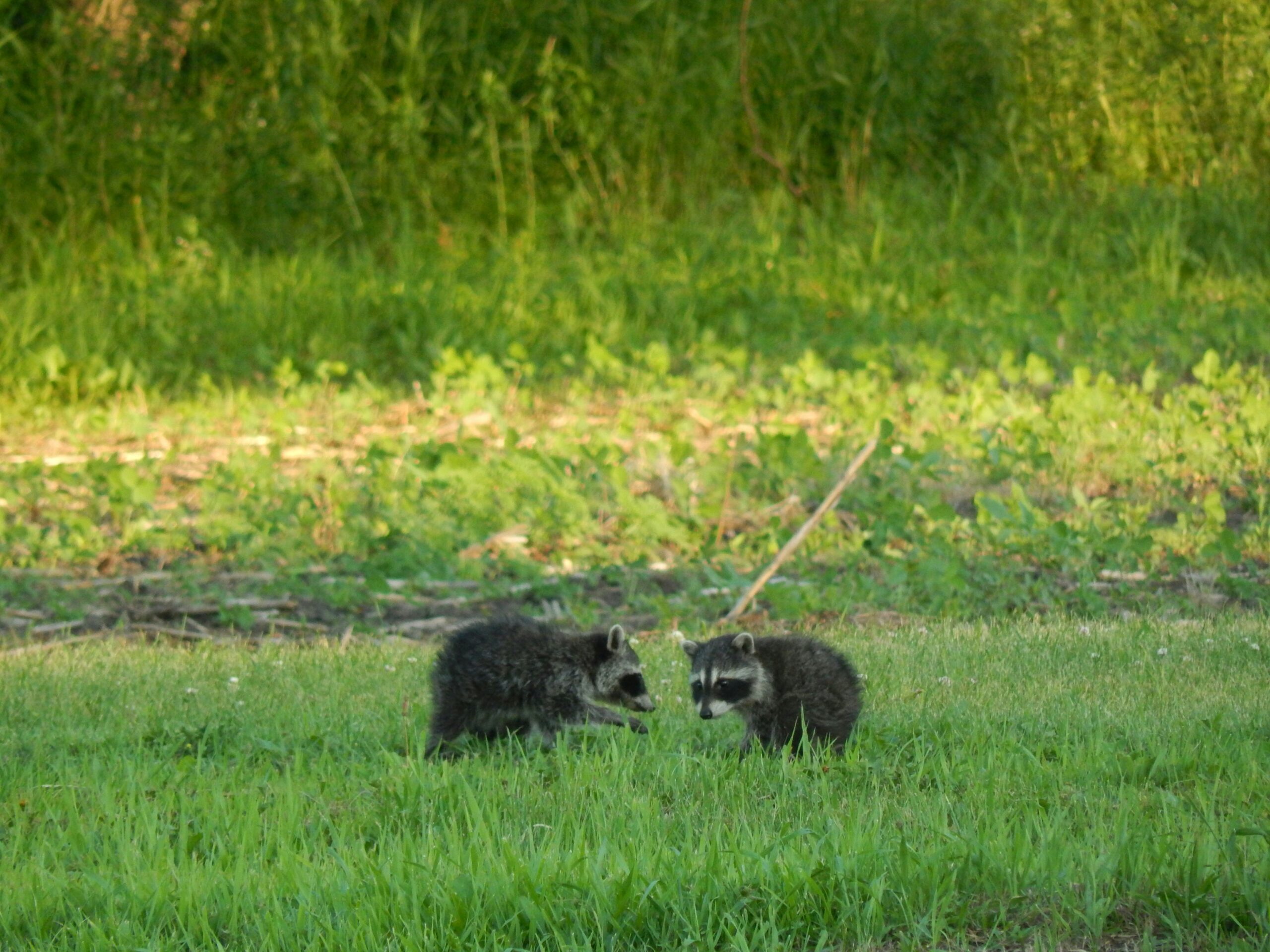Uncovering the Nightlife of Hidden Animals: Exploring the Nocturnal World
Exploring Nocturnal Life: Uncovering the Nightlife of Hidden Animals
When the sun sets and darkness falls, a whole new world comes to life. While we humans retreat to our beds, there are countless creatures that begin their nocturnal adventures. From owls soaring silently through the night sky to foxes prowling in search of prey, the nightlife of hidden animals is a fascinating realm waiting to be discovered.
The Adaptations of Nocturnal Animals
Nocturnal animals have evolved a range of adaptations that allow them to thrive in the darkness. One of the most common adaptations is enhanced night vision. Creatures like owls and cats have specialized eyes that are designed to gather as much light as possible, allowing them to see clearly even in low-light conditions.
Another adaptation is acute hearing. Many nocturnal animals, such as bats and mice, rely heavily on their sense of hearing to navigate and locate prey in the dark. Their ears are finely tuned to detect even the slightest rustle or movement.
Camouflage is also a key adaptation for nocturnal animals. Many of these creatures have fur or feathers that blend seamlessly with their surroundings, making them nearly invisible to predators or prey. This ability to blend in is crucial for their survival.
The Nightlife of Hidden Animals
Exploring the nightlife of hidden animals can be a thrilling experience. One of the most iconic nocturnal creatures is the owl. These silent hunters have an incredible ability to fly silently through the night, thanks to the specialized structure of their feathers. They swoop down on unsuspecting prey with deadly accuracy.
Bats are another fascinating group of nocturnal animals. These winged mammals navigate through the night using echolocation, emitting high-pitched sounds and listening for the echoes that bounce back. This allows them to detect obstacles and locate their insect prey with remarkable precision.
For those who prefer the ground, the fox is a master of the night. These cunning creatures are skilled hunters and have adapted to thrive in both urban and rural environments. They use their keen sense of smell and hearing to locate small mammals and birds.
Protecting Nocturnal Wildlife
As humans, it is our responsibility to ensure the preservation of nocturnal wildlife. The encroachment of urbanization and the destruction of natural habitats pose significant threats to these creatures. By taking simple steps, such as reducing light pollution and preserving natural habitats, we can help protect their nocturnal world.
Another way to support nocturnal wildlife is by creating wildlife-friendly gardens. Planting native vegetation and providing shelter can attract a variety of nocturnal animals, such as bats and hedgehogs. Additionally, avoiding the use of pesticides and providing a water source can further enhance their habitat.
Education and awareness are also crucial in protecting nocturnal wildlife. By learning about these animals and their importance in the ecosystem, we can inspire others to appreciate and respect their nighttime activities.
Conclusion
The nightlife of hidden animals is a captivating world that often goes unnoticed. From the silent flight of owls to the intricate echolocation of bats, these creatures have adapted remarkable skills to navigate and survive in the darkness. By understanding and protecting their nocturnal habitats, we can ensure the continued existence of these fascinating creatures for generations to come.
